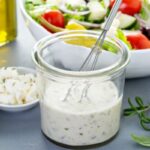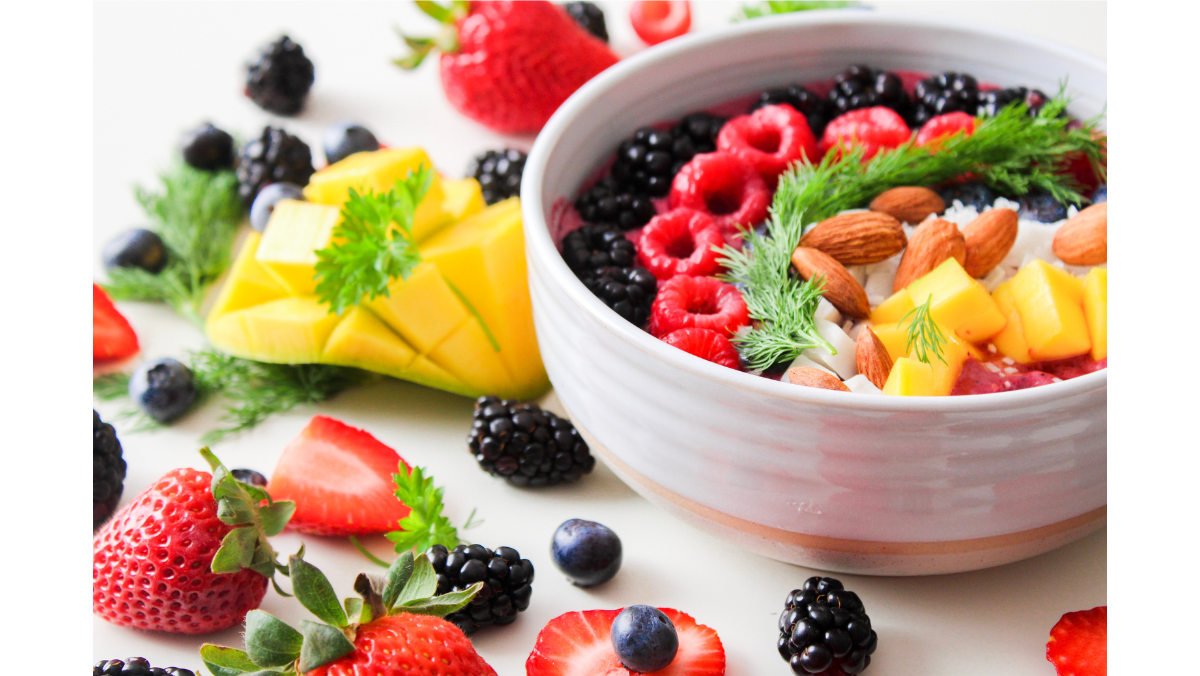In a world where health consciousness is on the rise and salad bars are flourishing on every corner, the question arises: how much salad is too much? The allure of vibrant greens, tantalizing toppings, and guilt-free dining has led many down a rabbit hole of endless leafy consumption. But is there such a thing as overdoing it in the salad department? Let’s dive into the crispy, crunchy world of salads and uncover the truth about finding the perfect balance.
What We’ve Covered
The Salad Obsession: A Healthy Trend Gone Wild
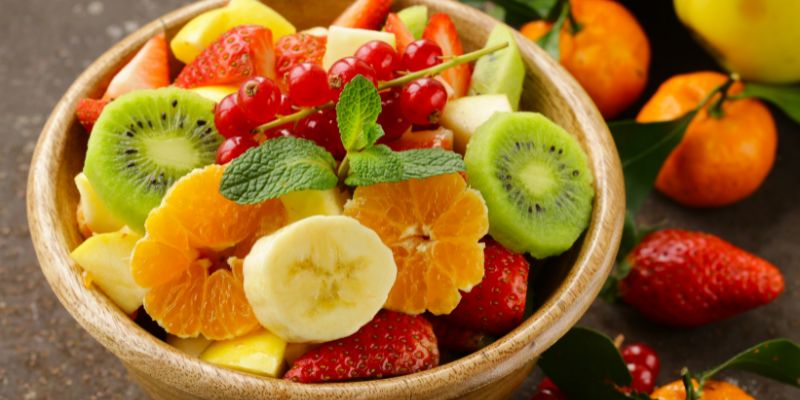
Imagine a world where every meal is a refreshing mound of greens adorned with an array of colorful toppings. That’s the dream many health enthusiasts have been chasing. Don’t get us wrong – salads are an excellent way to incorporate a wide range of nutrients, vitamins, and fiber into your diet. They can be a satisfying and guilt-free option for weight management and overall well-being. But here’s the catch: even the healthiest habits can transform into an obsession when taken to the extreme.
You’ll Also Like: What Salad Dressing Is Good for Kidney Disease
The Green Feeding Frenzy: When Salads Become Too Much
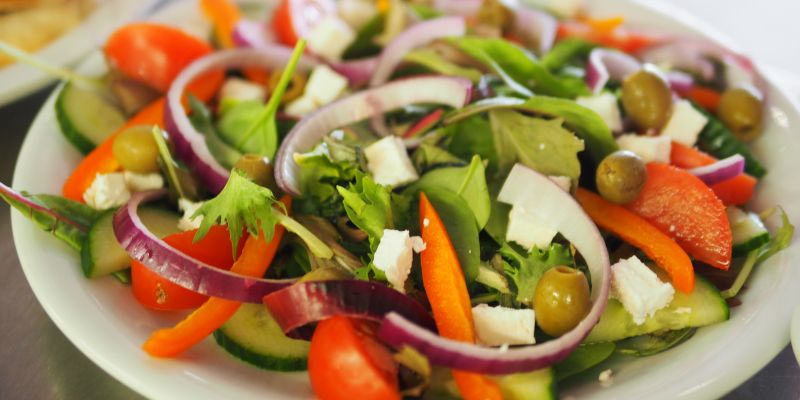
It’s easy to fall into the trap of agreeing to the fact that if one salad is healthy, more must be even healthier. But our bodies are complex systems that require a balanced and varied diet. Overindulging in salads can lead to unintended consequences. Here are a few signs that your love for salads might be turning into a bit of a frenzy:
Digestive Distress:
While salads are typically rich in fiber, consuming excessive amounts can cause digestive issues like bloating, gas, and even diarrhea. Fiber is essential for gut health, but too much, too soon, can send your stomach into a whirlwind.
Nutrient Imbalances:
Believe it or not, even nutrient-packed salads can lead to imbalances if you’re not careful. Overdoing it on certain vitamins and minerals – like vitamin K found in leafy greens – can interfere with medications and health conditions.
Cravings and Overeating:
Oddly enough, loading up on salads can sometimes trigger overeating later in the day. A meal lacking sufficient protein and healthy fats might leave you feeling unsatisfied, leading to snacking on less nutritious options later on.
Social Strain:
When your salad obsession makes you decline social invitations for fear of derailing your diet, it might be time to reconsider your approach. A healthy lifestyle should enhance your life, not isolate you from it.
The Goldilocks Approach: Finding the Right Balance
So, how much salad is too much? The answer lies in finding your personal Goldilocks zone – not too little, not too much, but just right. Here are some strategies to strike that perfect balance:
Listen to Your Body:
Pay attention to your body’s signals. If you’re feeling uncomfortably full after a meal, it might be time to reassess your portion sizes. Remember that the goal is to feel satisfied, not stuffed.
Diversify Your Greens:
Rotate your salad ingredients to ensure you’re getting a variety of nutrients. Instead of always reaching for iceberg lettuce, experiment with spinach, kale, arugula, and other leafy greens.
Protein Power:
Including a protein source in your salad can help keep you full and satisfied. Consider adding grilled chicken, tofu, beans, or quinoa for a balanced and filling meal.
Healthy Fats:
Don’t shy away from incorporating healthy fats into your salads. Avocado, nuts, seeds, and olive oil can provide essential nutrients and enhance both the flavor and texture of your creation.
Mindful Eating:
Chew slowly and savor each bite. Eating mindfully allows your brain to catch up with your stomach, helping you recognize when you’re full and preventing overeating.
Vary Your Meals:
While salads are great, they shouldn’t dominate every meal. Make sure to incorporate a wide range of foods to ensure you’re getting a balanced diet.
You’ll Also Like: What Salad Dressing Goes With Salmon
The Social Salad Experience: Beyond the Bowl

Salads aren’t just about the food – they’re a social experience. From potlucks to picnics, salads have a way of bringing people together. So, instead of fretting over portion sizes, let’s focus on the holistic salad experience:
Salad Swap Parties:
Invite friends over for a salad swap party. Each guest brings a unique salad creation, fostering creativity and introducing you to new flavors.
Garden-to-Table Adventure:
Embark on a journey to create your own salad garden. Growing your ingredients can deepen your appreciation for the process and enhance your connection to your food.
Culinary Exploration:
Experiment with international salads. Explore Mediterranean tabbouleh, Thai papaya salad, or Mexican street corn salad to broaden your palate and appreciation for diverse cuisines.
Exploring Salad Myths: Debunking Common Misconceptions
There are a few myths that we religiously believe which ultimately leads to excess consumption of salads. Here are 3 myths busted just for you.
“Salads are Always Low in Calories”
While salads can be low in calories, it’s important to watch out for high-calorie dressings, croutons, and toppings. A salad drowned in creamy dressing can quickly become as calorically dense as some fast-food meals. Opt for lighter dressings, or try drizzling olive oil and vinegar to keep the calorie count in check.
“Eating Only Salads Will Make You Lose Weight Quickly”
While salads can aid weight loss due to their low-calorie nature, they’re not a magical solution. Sustainable weight loss requires a holistic approach that includes balanced meals, regular exercise, and healthy habits. Relying solely on salads might lead to nutrient deficiencies and an unhealthy relationship with food.
“All Salads are Healthy”
Not all salads are created equal. A salad loaded with fried toppings, processed meats, and excessive cheese might not be as healthy as it seems. To maximize the health benefits, focus on incorporating a variety of fresh, whole ingredients while keeping moderation in mind.
The Salad Revolution: Innovations in Greens
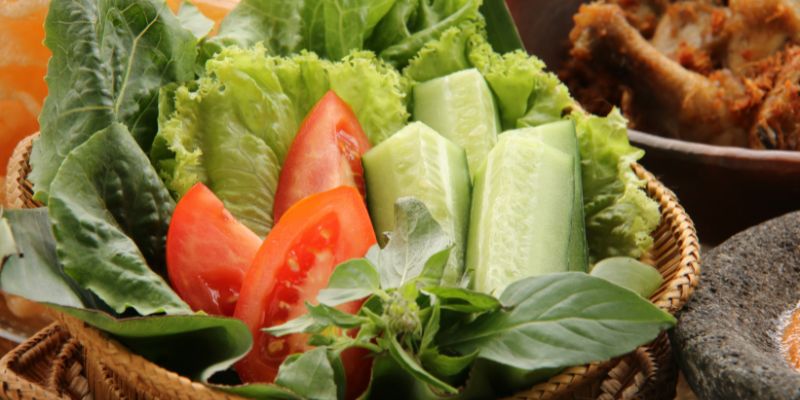
As you chew down yet another bowl of you favourite go to salad, here are a few alternatives you can try to help you cut down your salad intake as reuired.
Grain-Based Salads:
Move beyond the traditional leafy base and experiment with grain-based salads. Quinoa, farro, and couscous can add a delightful chewiness and a boost of protein and fiber.
Deconstructed Salads:
Explore the world of deconstructed salads, where each ingredient is highlighted separately. This not only adds an artistic touch to your plate but also allows you to appreciate the individual flavors and textures.
Warm vs. Cold Salads:
Who said salads have to be cold? Warm salads featuring roasted vegetables, cooked grains, and proteins offer a cozy twist on the classic salad, perfect for colder months.
You’ll Also Like: What Salad Dressing Has No Sugar
Our Take
The question of “How much salad is too much?” transforms into an exploration of balance, variety, and mindful consumption. The salad spectrum spans from the traditional leafy bowl to grain-based wonders, warm and cold compositions, and beyond – a testament to the endless possibilities these vibrant creations offer.
Remember, salads are not just about piling up vegetables. They’re about celebrating health, indulging in creativity, and fostering connections with both the food on your plate and the people around you. So, as you embark on your salad journey, dare to experiment, savor each bite mindfully, and relish the evergreen joy of finding your personal sweet spot between greens and greatness.
Frequently Asked Questions
Can I eat unlimited salads if I want to lose weight?
While salads can be a helpful addition to a weight loss plan due to their low-calorie nature and high fiber content, it’s essential to maintain a balanced approach. Relying solely on salads for weight loss can lead to nutrient imbalances and leave you feeling unsatisfied. Incorporate a variety of nutrient-rich foods to ensure you’re getting a well-rounded diet.
I feel bloated after eating salads. Why does this happen?
Bloating after consuming salads might be due to excessive fiber intake, especially if your body isn’t accustomed to it. Fiber is essential for digestive health, but a sudden increase in fiber intake can lead to gas and bloating. To ease into it, start with smaller portions and gradually increase your fiber intake while staying hydrated.
Can I get enough protein from salads alone?
While some plant-based protein sources like beans, lentils, and tofu can be included in salads, it might be challenging to meet all your protein needs solely from salads. Incorporate a variety of protein-rich foods like lean meats, poultry, fish, eggs, dairy, and nuts to ensure you’re getting adequate protein intake for muscle maintenance and overall health.
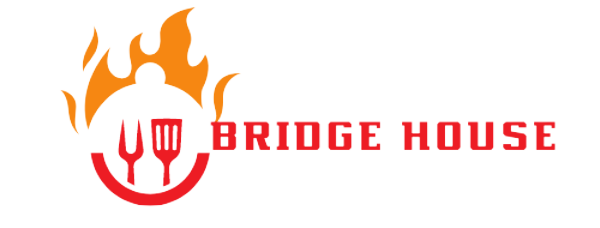
At Bridge House Tavern, we’re more than a team of food enthusiasts; we’re a culinary journey waiting to be savored. Our five-member crew is on a relentless quest to explore, create, and share the wonders of the gastronomic world.


